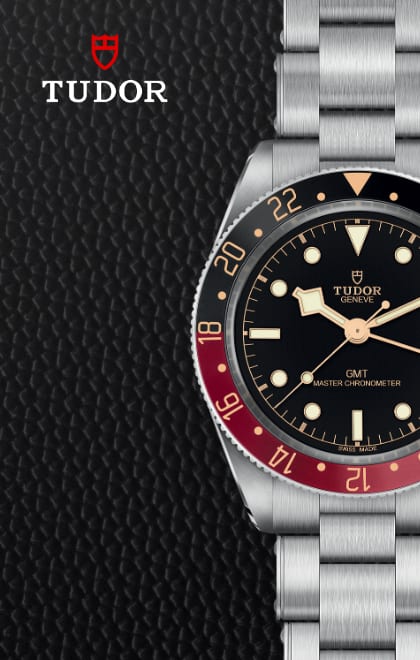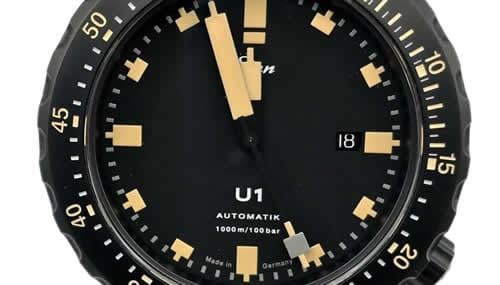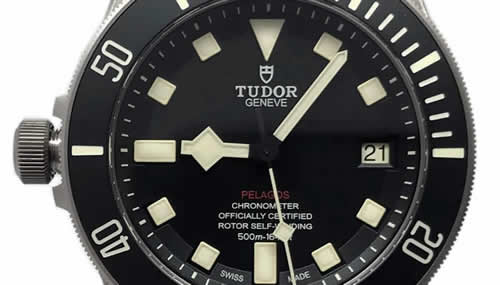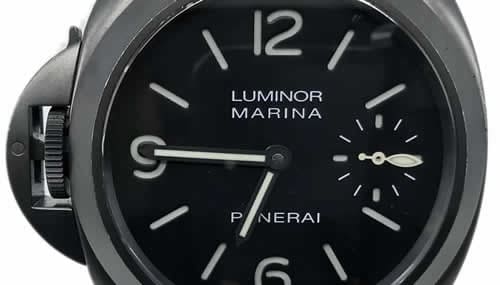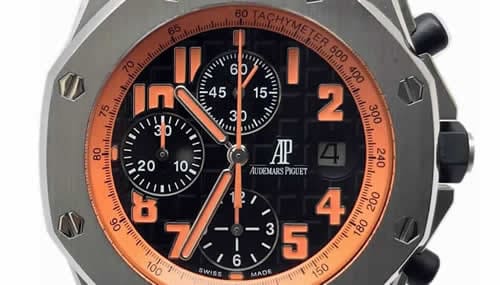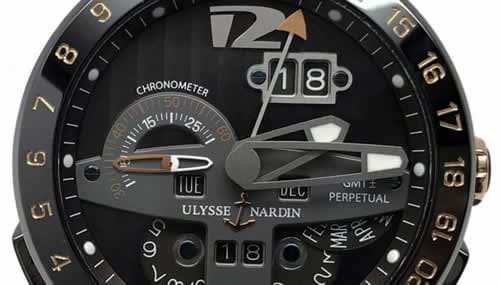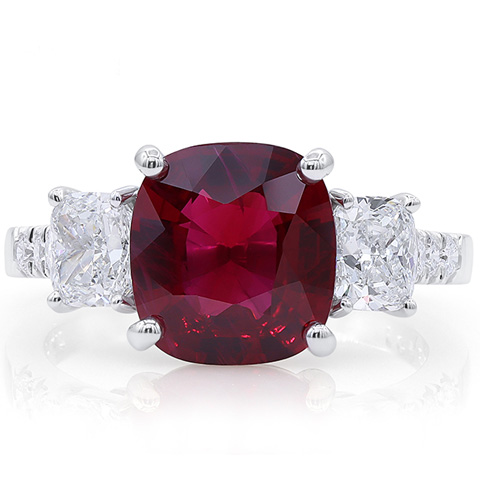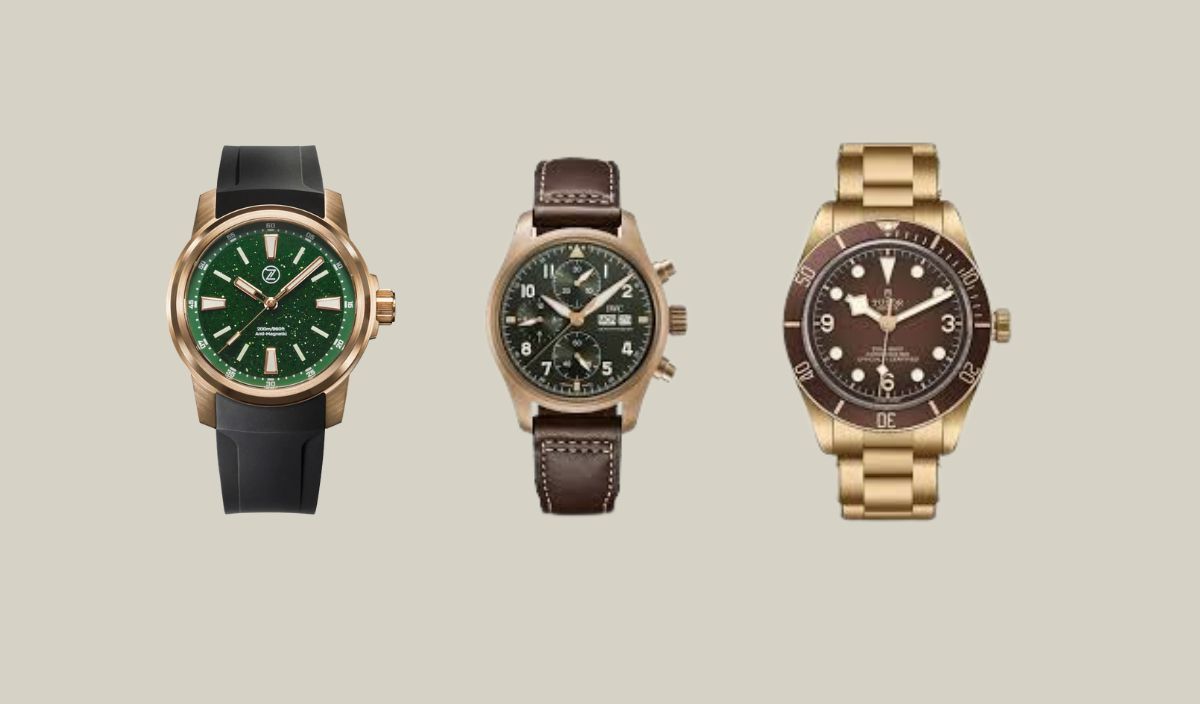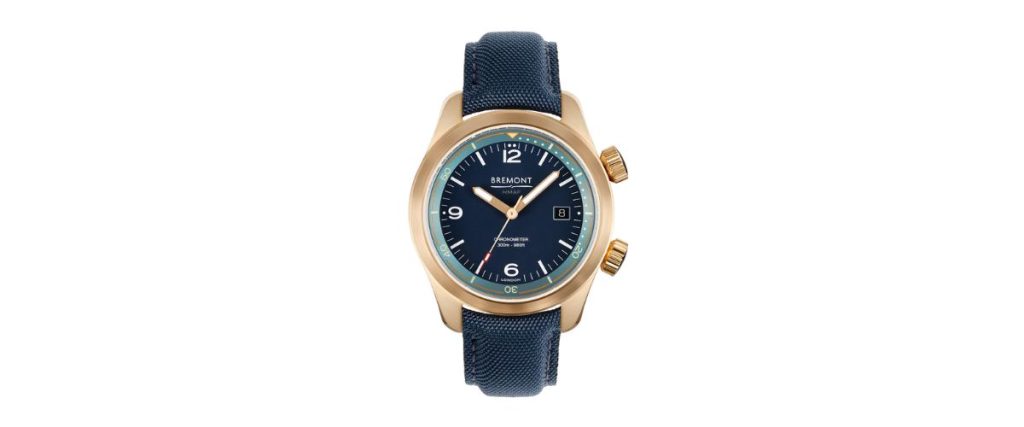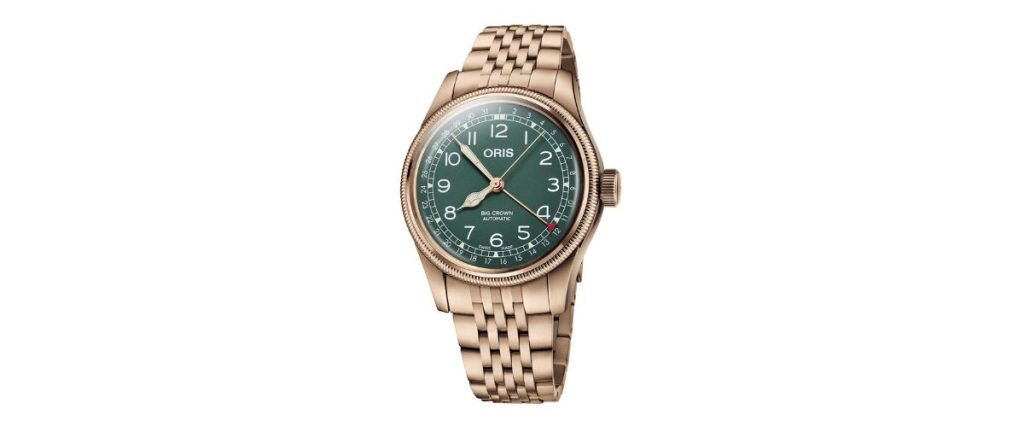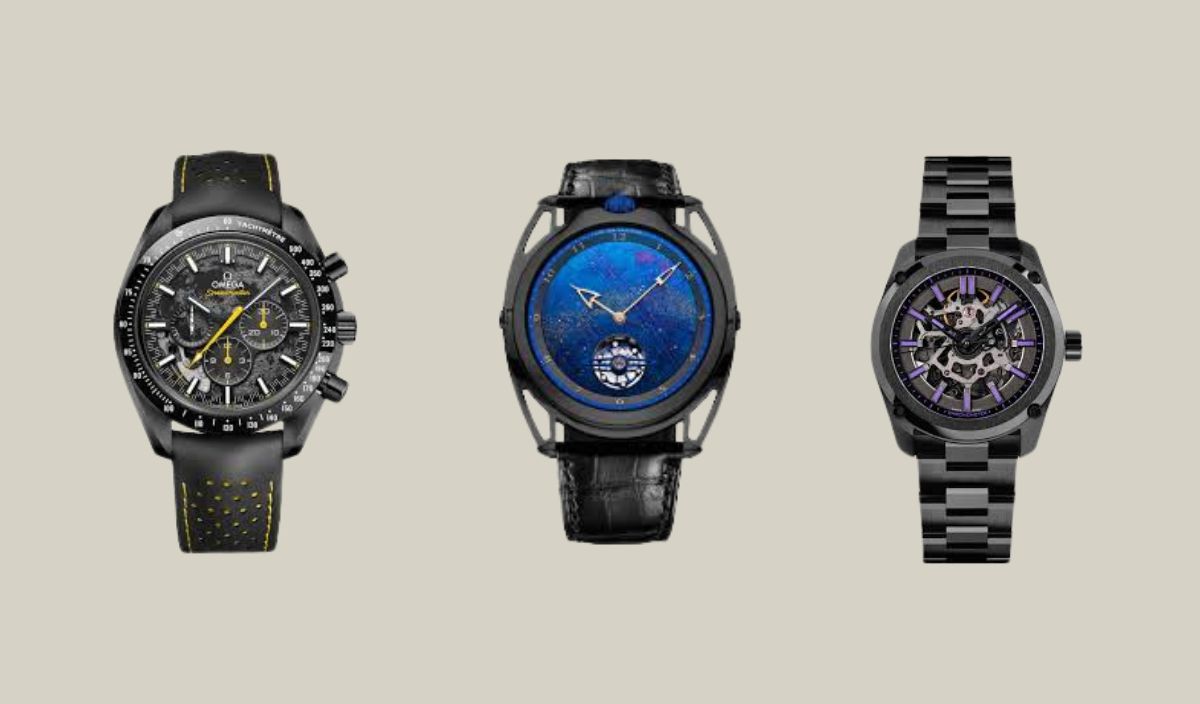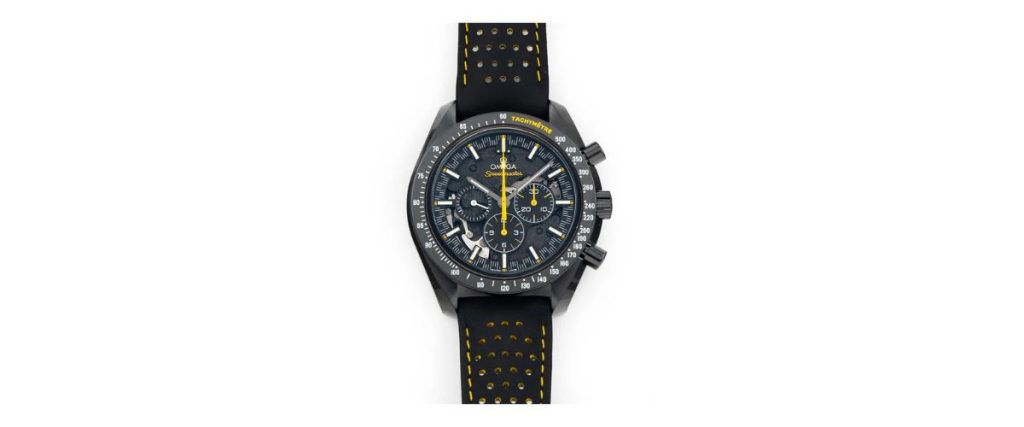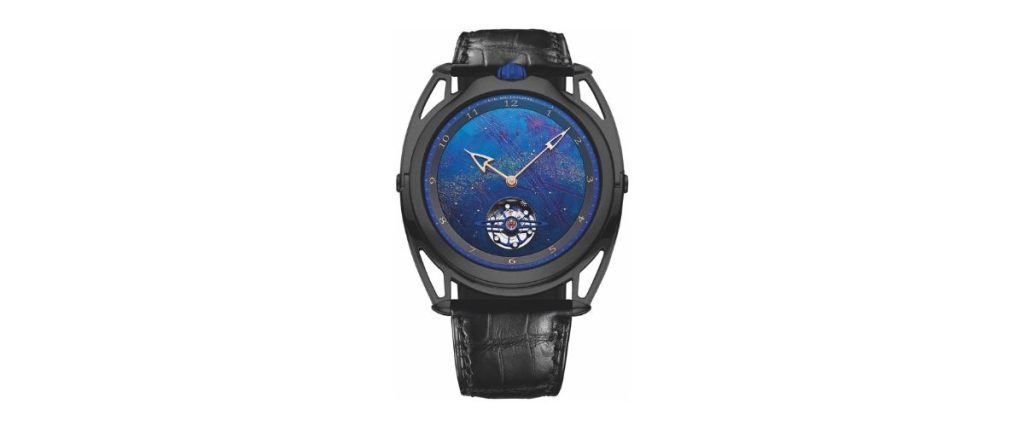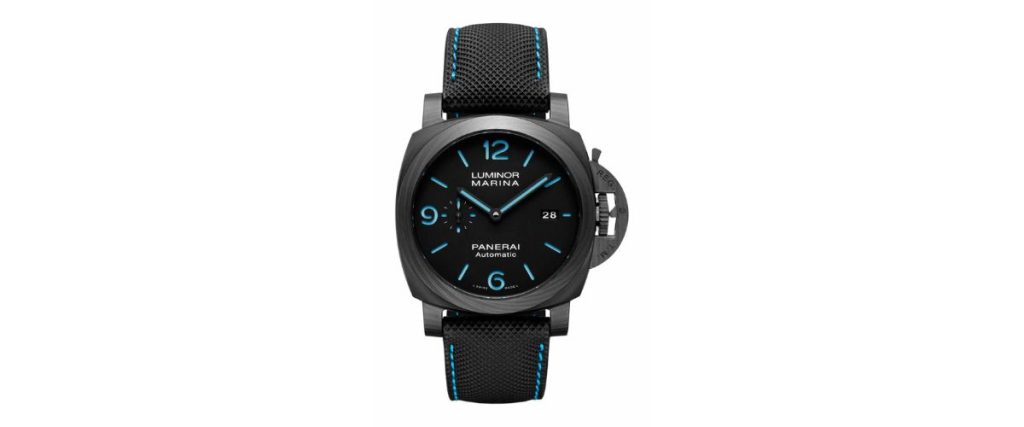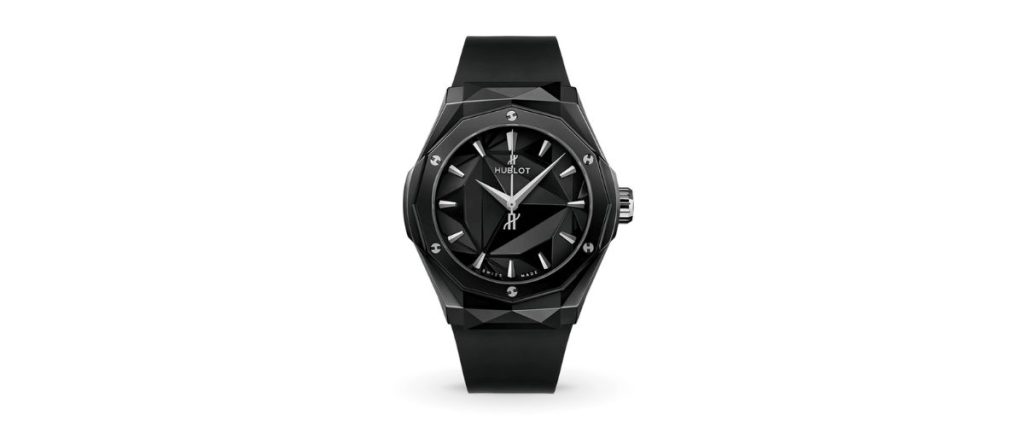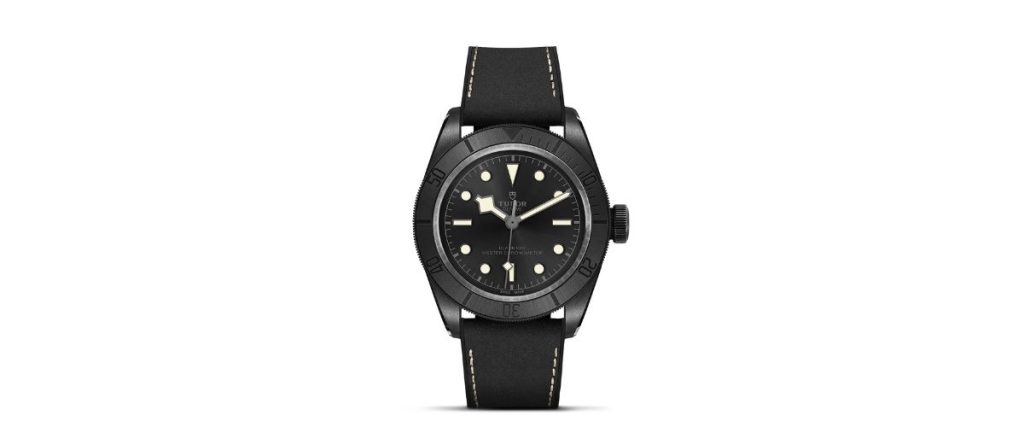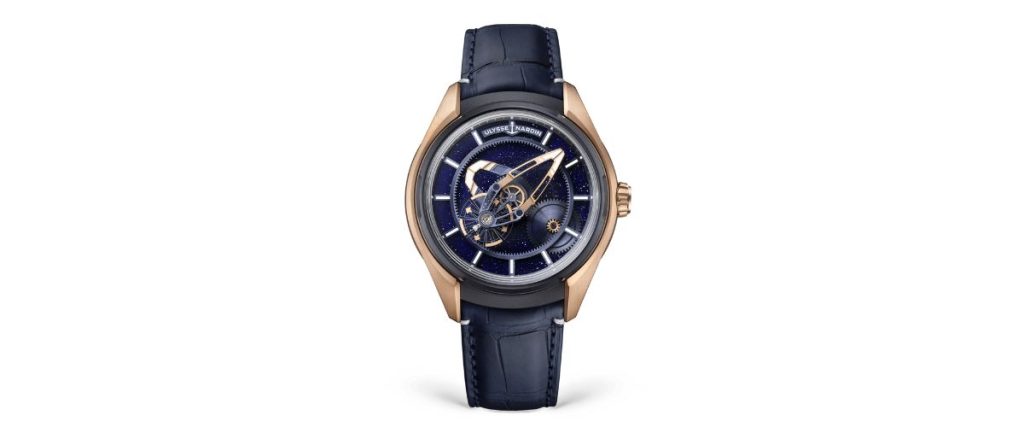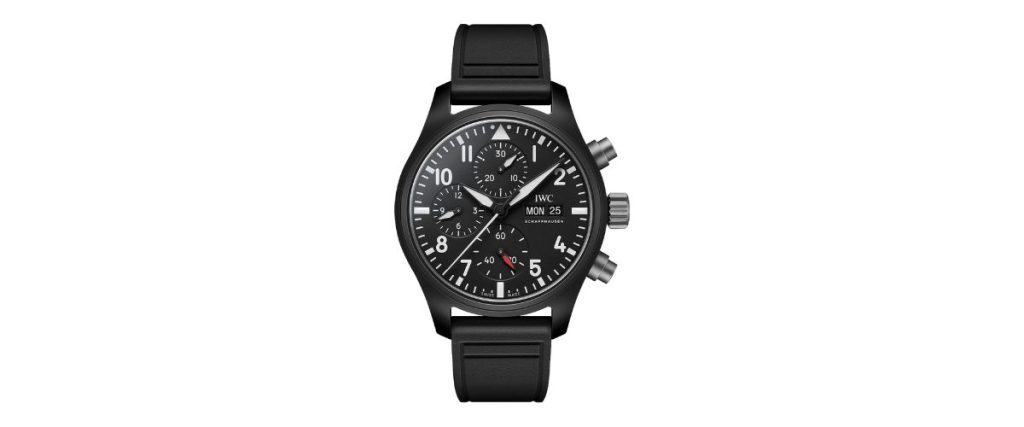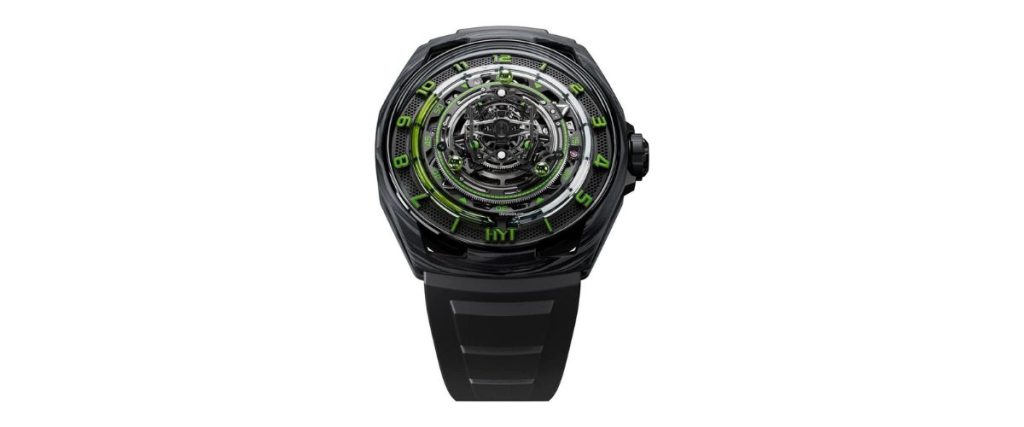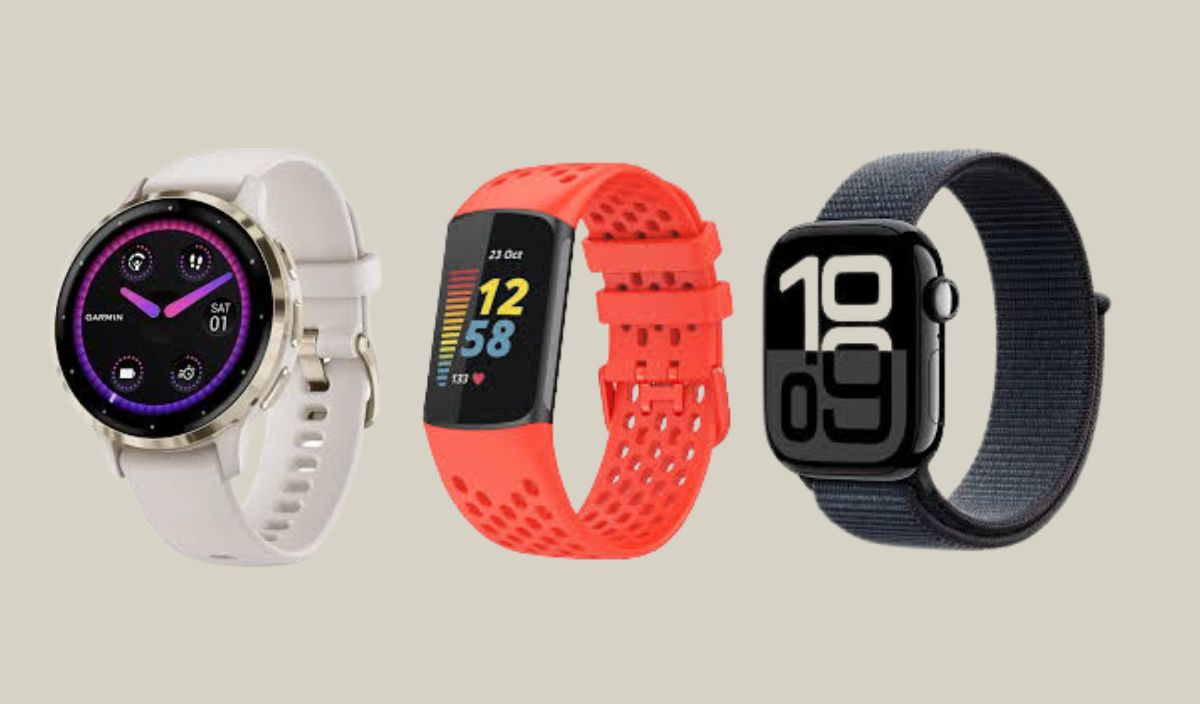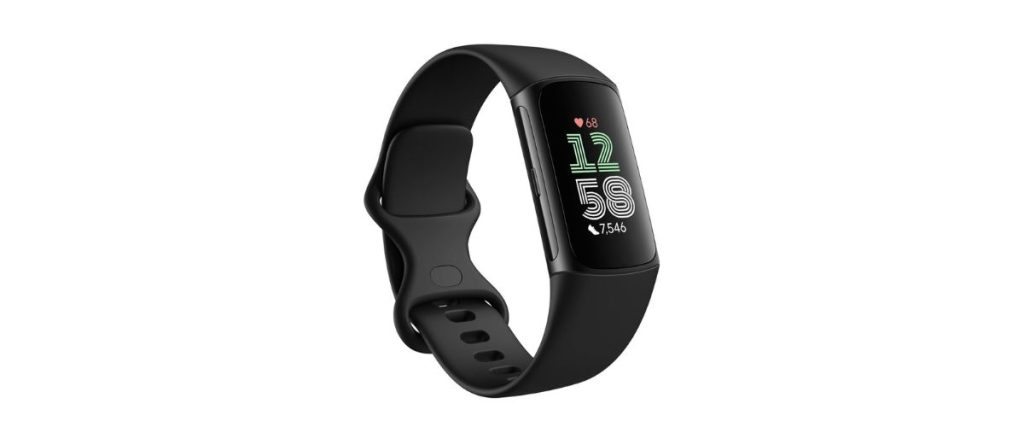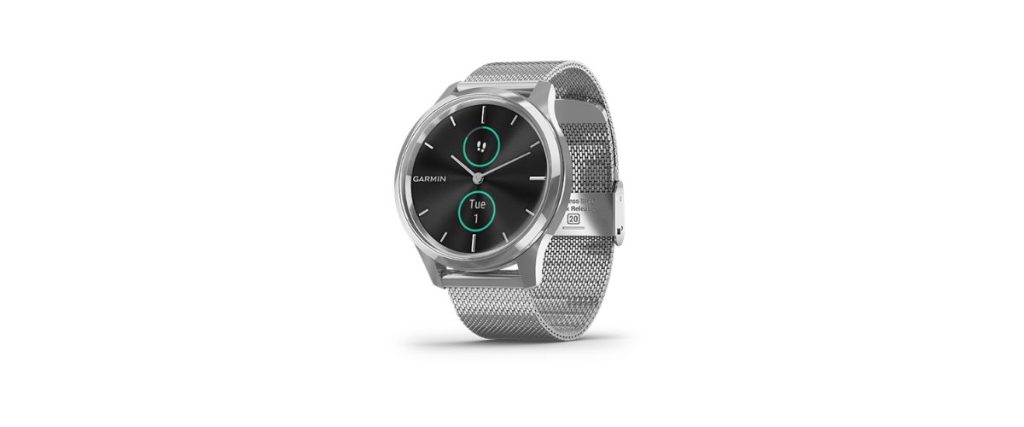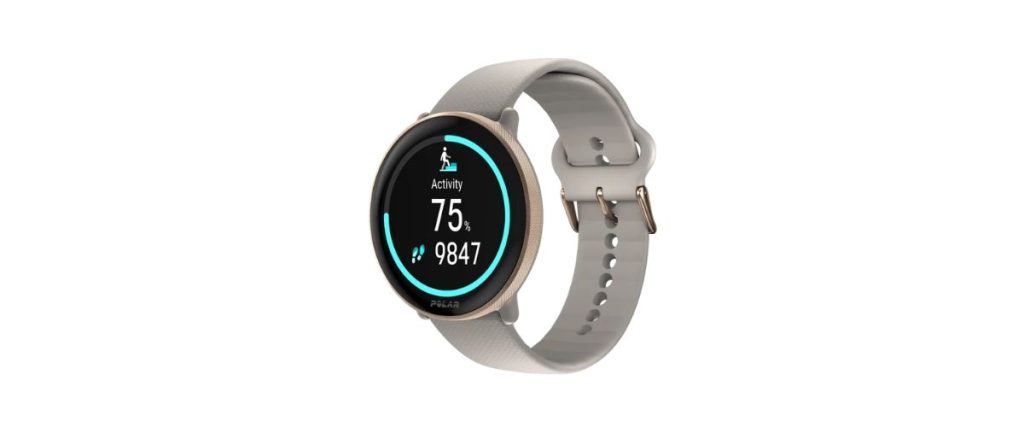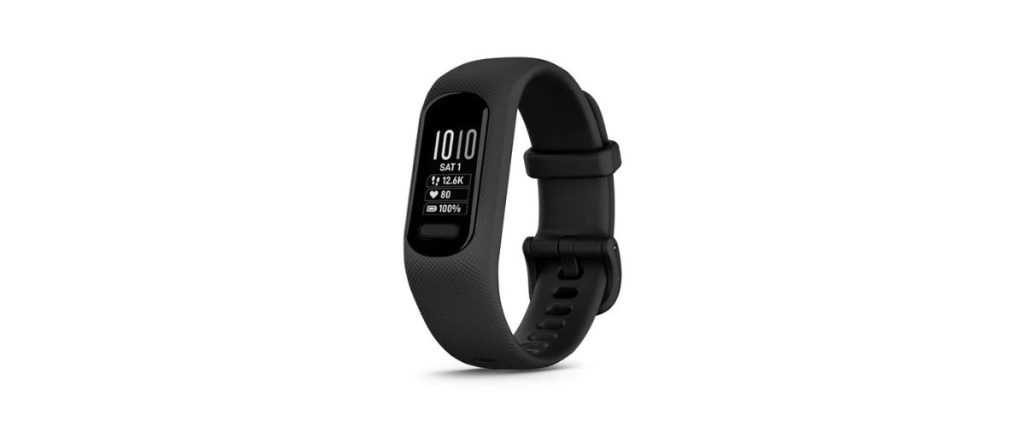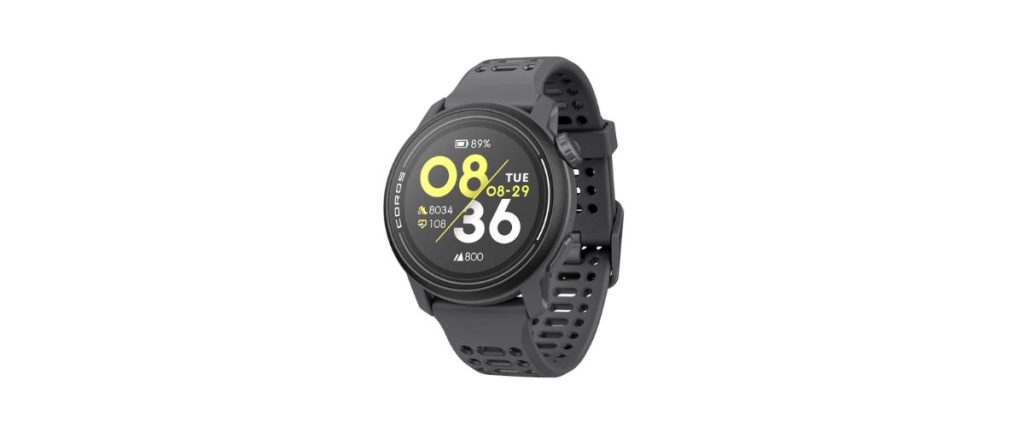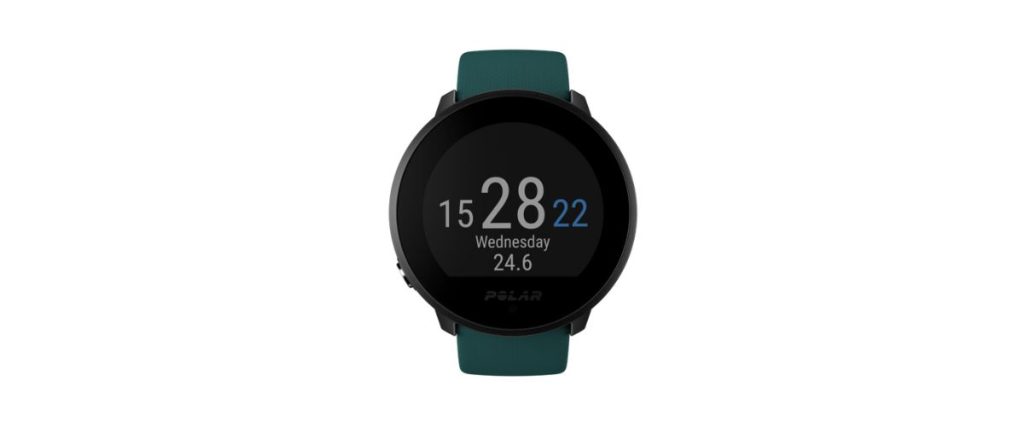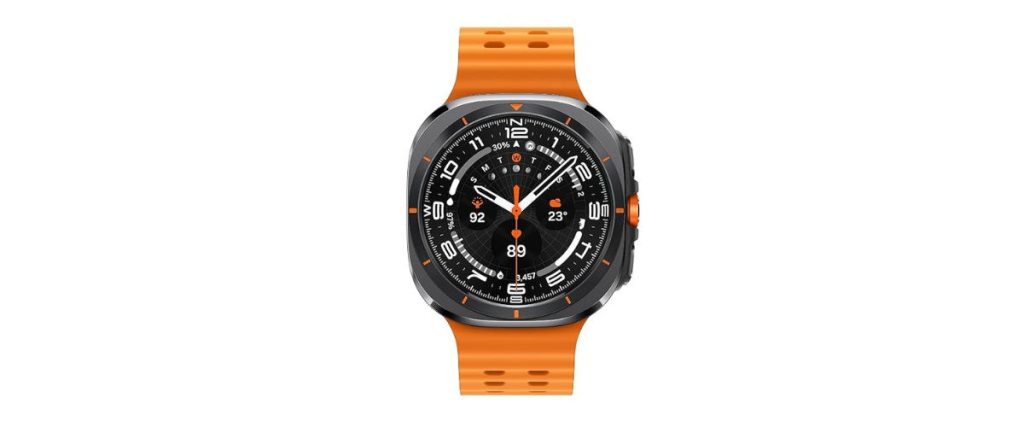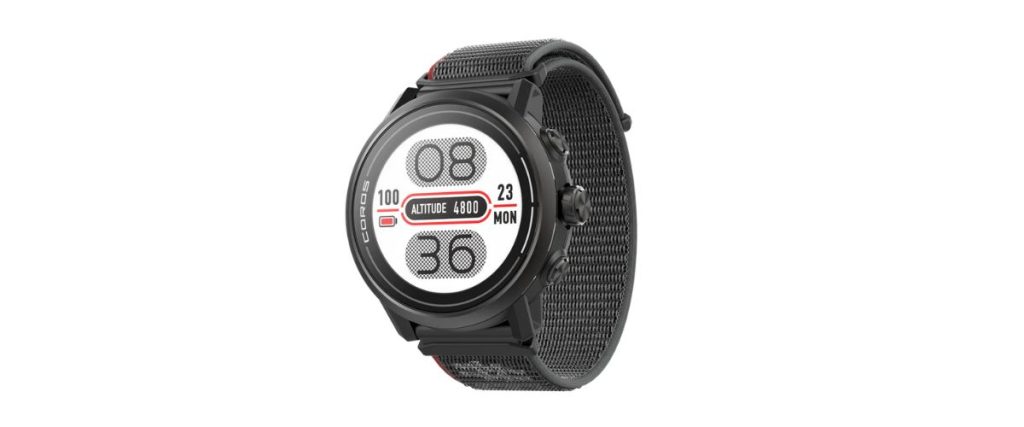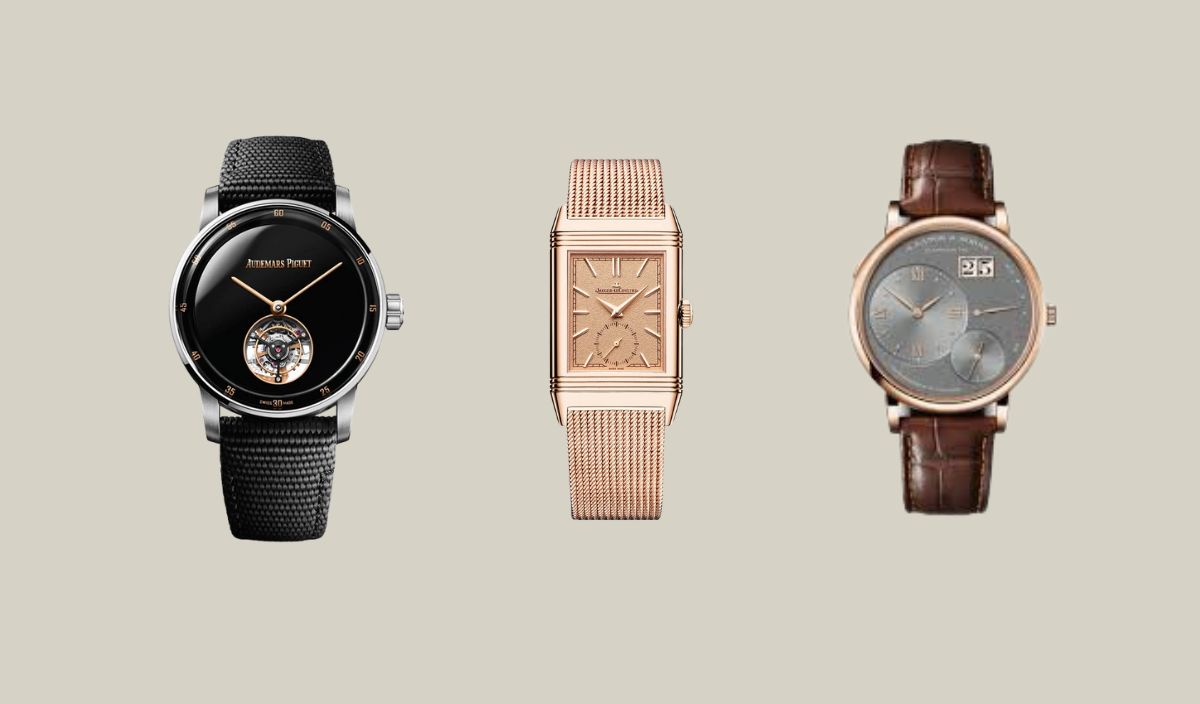
Introduction
With the watch industry’s current preference for more svelte proportions, classic watches are having their day in the sun.
Often affectionately referred to as “geezer watches” for their resemblance to the sort of thing you’d spot on the wrist of a kindly old man puttering around the golf course, this genre nonetheless holds profound appeal for all ages thanks to its synthesis of vintage design and modern craftsmanship.
Many of the most elegant and well-known watches find themselves firmly ensconced within this category, from the Patek Philippe Calatrava to more modern creations by brands like Parmigiani Fleurier.
Whether you’re looking for that next oh-so-debonair dress watch or just here for a listing of some of the best watches ever made all in one article, you came to the right place.
Classic watches are having their moment, and it’s time to put the spotlight on the very best of the best to celebrate this fine horological tradition.
What to Know for Buying Classic Watches
Any true classic watch is designed not to be brash or eye-catching, but to repose calmly and with self-assurance on your wrist. They’re not meant to be loud like an MB&F Horological Machine or even something more simple like an Audemars Piguet Royal Oak.
Instead, a classic watch is designated by the quality of craftsmanship that permeates each of its features, from the visible ones to even the finest parts of the movement. It riffs on traditional design elements in new combinations and layouts to make something strikingly new.
This quality of craftsmanship includes several specific details that I want to encourage you to keep an eye out for when you’re looking at any classic watch, whether it’s one of the ones I’ve got on this list or your own future searches.
First up, you’ll want to pay special attention to the quality of material used. Gold and platinum are not uncommonly seen forming the case of fine classic watches, thanks to the intrinsic value that they bring.
In particular, white gold and platinum watches can be considered the “essence” of a good classic watch, as they supply a sense of confidence and value to the watch that cannot be discerned at first glance due to their resemblance to steel.
The best classic watches will have well-finished cases from fine precious metals, usually in a 14K or 18K grade to maintain some durability.
After the material of the case, you’ll want to look at the degree of finishing that adorns the movement and the dial. High-quality, handmade finishing takes a master artisan hours to complete, but its effect is positively radiant and it adds a significant amount to the value of any watch.
The finishing of a classic watch is arguably even more important than that of other watches, as these are meant to be high-value pieces with long-lasting appeal attained by artisanal craftsmanship.
Finally, a little bit of real talk. Though in theory a watch should stand entirely on its own merits, the brand name that is attached to it often plays a key role in establishing the value of each watch, and this is all the more true for simply and classically-styled watches.
A good classic watch is designed to be timeless and enduring, something that you can pass down to the next generation (as Patek Philippe has famously adopted for their slogan), and for such a timepiece to retain its value, it must be associated with a brand name that has a history of producing beautiful and valuable watches.
As such, if you pay careful attention to the materials, the finishing, and the brand of each watch, it’s nearly impossible to go wrong. Your next classic watch awaits—let’s get right into the list!
The 15 Best Classic Watches
Now that introductions are made, let’s jump right into the article! Each one of these watches will be evaluated according to the qualities that I set forth above, typically with special thought to pointing out things that you might have missed and leaving the others up to your scrutiny.
Each one of these watches represents the pinnacle of horological classicism: it’s hard to do better than a watch from this list, or one similar.
Audemars Piguet Code 11.59 ref. 26396NB.OO.D002KB.01 – Price on Request

There’s very, very little in AP’s catalog that’s even slightly suggestive of being classic. From the sports watch genre-defining Royal Oak to the avant-garde Code 11.59s, I was pretty sure I was going to have to rule out the watchmaker from Le Brassus from this listing.
And then I stumbled across this reference which I’d forgotten, a marvelously elegant timepiece featuring a rich black onyx dial and a sublime minimalism of text and other adornment.
Don’t be fooled by that white-metal case: it’s high-quality 18K white gold, and it’s paired with black ceramic that serves to highlight the darkness of the dial.
Flip the watch over, and you’ll be regaled with just as much of a treat as the front: Audemars Piguet’s exquisite cal. 2950, with a stunning flying tourbillon, automatic winding, and a 65-hour power reserve. Oh, and the finishing is flawless. Just be careful you don’t get sucked into that black hole of a dial!
A. Lange & Söhne Grand Lange 1 ref. 137.033 – Price on Request

At first glance, the Lange 1 seems to defy standard conceptions of classicism in watches. After all, you’ve got subdials seemingly scattered over the face of the watch and a large date window.
And yet as you examine it, the layout of this elegant German timepiece reveals itself to be deeply traditional in feel.
This is thanks to the classical design principles A. Lange & Söhne followed in its creation: the golden ratio and axial arrangement, using a proportional triangular layout to guide your eye.
Indeed, that traditional structure paired here with an exquisite pink gold case and rich gray dial makes for an elegant watch that is also strikingly practical thanks to its date window and power reserve.
The movement on the inside, a key element for any classic watch, is capable of going toe-to-toe with such horological heavyweights as a Patek Philippe: it’s exquisitely finished and crafted from German silver, which acquires a warm patina with the progression of time.
Gold châtons, blued screws, and Glashütte stripes are completed by a classic German touch: a hand-engraved balance cock. This is the pinnacle of classicism complemented by original design.
Jaeger-LeCoultre Reverso Tribute Monoface Small Seconds Pink Gold – $41,300

This new-to-2025 stunner is one of the few cases where the bracelet is almost as superb as the watch itself. Just take a look at the elegance of that Milanese mesh, crafted like the case from 18K pink gold and woven to attain unmatched suppleness and ease of motion.
The dial is simple, clean, and minimal, but spectacularly finished with a rich matte texture. And just like any other Reverso, you can flip it over to protect the dial and reveal the smooth metal caseback, a field perfect for personal engraving.
Though the movement is obscured, you can be assured that it’s of the highest quality, JLC’s in-house caliber 822 with 42 hours of power reserve and such remarkable thinness that allows this reversible watch to clock in at just 7.56mm thick overall, making for an easy under-cuff companion.
Patek Philippe Calatrava 5227J-001 – $44,870

This is the classic watch. The ultimate, the pinnacle of what a round dress watch should be. The ultimate purity of line and simplicity: a Patek Philippe Calatrava. Specifically, this stunning model in yellow gold, with a hinged officer caseback to protect the movement.
In many ways, it’s perfect. An exquisitely polished yellow gold case pairs with a gently gold-toned dial, complemented by an unobtrusive framed date window.
It’s simple, but its complexity is revealed as you begin to go deeper. That doré dial? Lacquered ivory. Those elegant hands and hour markers? Applied and polished by hand by master artisans. Everything executed to perfection.
Not satisfied with just the case and dial? Don’t worry, the movement will placate you. It’s a Patek Philippe, so it’s one of the finest imaginable: the caliber 26-330 S C, with automatic winding, 45 hours of power reserve, and perfect finishing. You won’t be able to resist popping open that officer caseback from time to time just to have a look!
H. Moser & Cie Endeavour Centre Seconds Concept Purple Enamel – $33,890

To be fair, this H. Moser is not exactly what comes to mind when a watch lover says “classic.” But in my defense, that’s kinda the point: H. Moser loves to push against expectations and create elegant and striking timepieces just like this one.
Sure, it may be a steel case rather than precious metal. And the dial may be far from the simplicity that some of the others on this list take pride in.
But that stunning centerpiece, rich purple fumé enamel over a hammered metal base to form the dial, is a masterpiece of traditional technique and classical watchmaking.
Flip it over, and you’ll have my final proof of its classicism: the stunning caliber HMC 201, an automatic movement with 72 hours of power reserve and stunning finishing.
Though it may be colored strikingly with pink gold accents on dark rhodium plating, it’s a beautifully executed movement that exudes tradition.
Cartier Tank Américaine Yellow Gold – $17,300
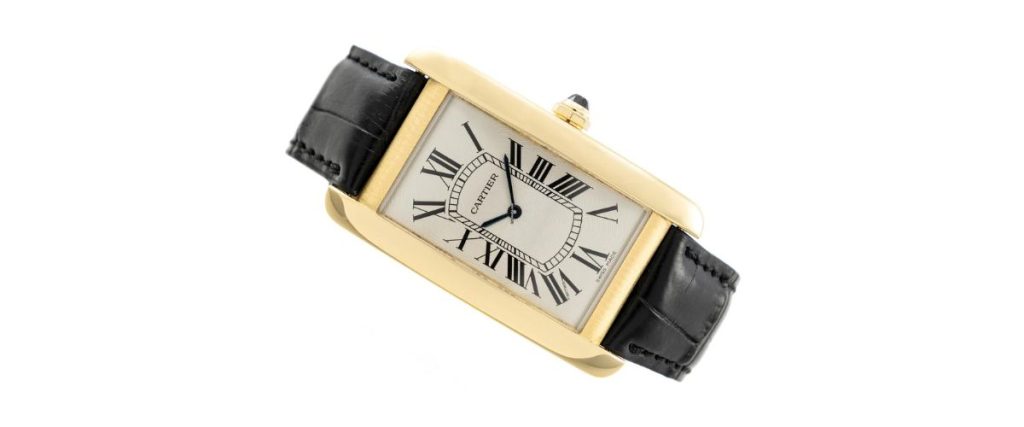
I’ve been having a bit of a thing lately for the Tank Américaine, and it’s not hard to see why. It takes a superb classic—the original Cartier Tank—and riffs on it just enough to create another icon altogether.
It’s quintessential Cartier and oozes classicism: just take a look at the finely crafted yellow gold case, sapphire-set crown, Roman numerals, and blued sword hands.
Its simplicity means Cartier has a chance to perfect every imaginable detail: for example, the Tank Américaine is known for the surprising curvature of its case, which allows it to adhere perfectly to the wrist.
Underneath the hood, you won’t have quite as much to write home about as many of the others on this list, but it’s still Cartier’s automatic caliber 1899 MC, with quite decent finishing and an amply-sized balance wheel.
But if you’re buying a Cartier, you’re buying design and style, and thankfully, the Tank Américaine has that in spades.
Lorier Neptune Series IV – $500

And now for something totally different! The Lorier Neptune is a bit out of place on this list, considering both its price tag and its design, but rest assured, this is a classic watch through and through.
It was designed as if it came straight out of the 1950s, gilt accents and all. Thanks to its shockingly slim price tag, it fits perfectly in the “fun” category that should have a place in any collection: a classic, vintage-inspired piece that you can pick up for less than a tenth the price of a more serious watch from this list.
The movement here is nothing too special—a Miyota 90S5—but honestly, for its price, it’s a little astonishing that it’s even mechanical at all, let alone a brand-name, automatic Japanese movement.
This is classic 50’s design at its peak in a modern watch, and frankly, it’s probably the best-looking diver you’ll see all day.
Jaquet Droz Grande Seconde Minute Repeater – Price on Request
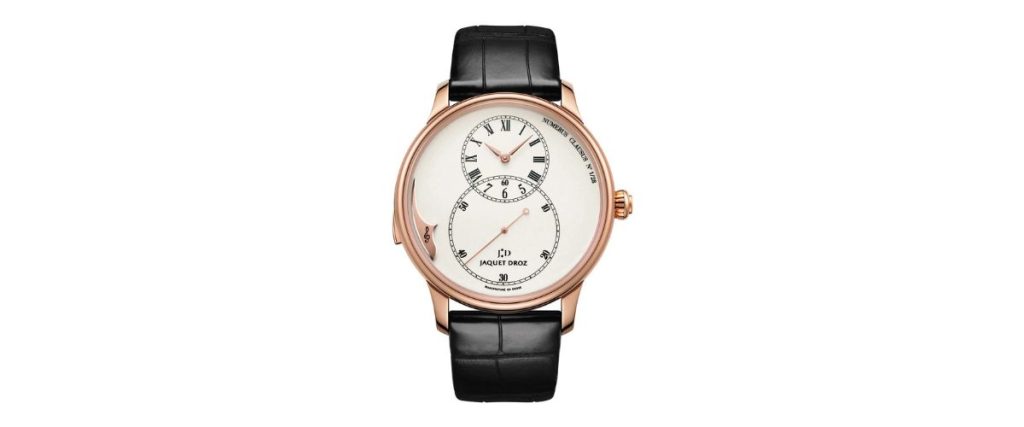
Like A. Lange above, Jaquet Droz has played ever so slightly with the standard conception of “classic” watch design while managing to produce something that continues to feel profoundly traditional.
Here, they’ve paired their lovely Grande Seconde design—where the seconds subdial is actually larger than the standard one—with a superbly crafted minute repeater to chime out the time on demand.
Inside, that minute repeater is made possible by Jaquet Droz’s cal. 2635, an automatic movement with 40 hours of power reserve.
The movement is beautifully finished, and the oscillating rotor features an exquisite guilloché pattern that you could easily spend half an hour studying on its own.
My favorite touch? The way the ivory-colored enamel dial and the subtle treble clef sign by the minute repeater slider combine to evoke the artistry of a well-made piano. I don’t know about you, but as a musician… that’s just music to my ears.
A. Lange & Söhne 1815 ref. 220.037 – $24,500

Here’s another beautiful example of Lange doing what they do best: making stunning classic timepieces. In this case, we’ve stripped away all the fluff of the Grand Lange 1 we looked at earlier.
This is a pure, time-only dress watch, with Lange’s trademark alpha hands and a classy small seconds subdial. Everything is executed perfectly, with class and charm.
It’s hard to find more to discuss in-depth on the dial side, but I personally guarantee that with the watch in hand, you’ll find it nothing short of exceptionally well-done.
Turn the watch around, and you’re treated to yet another display of why A. Lange & Söhne is spoken of with the utmost respect in collector circles.
This may be a time-only watch, but the gorgeous finishing here is anything but simple. Anyone who knows what they’re looking at is guaranteed to drool over this exhibition of the utmost artistry: Glashütte stripes, hand-engraved balance cock, free-sprung hairspring, gold châtons, blued screws, mirror-polished swan neck regulator—must I go on?
Felipe Pikullik Sternenhimmel – $14,000
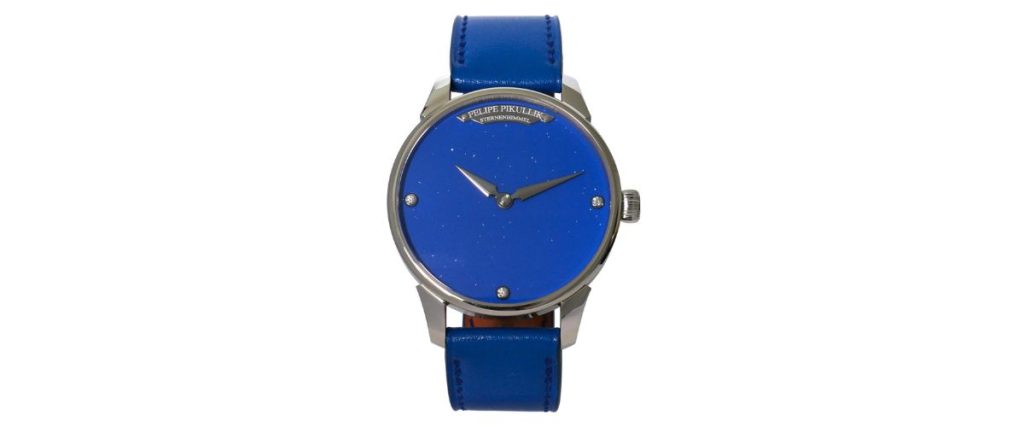
If I was given free rein to design my own dress watch, it would end up looking something an awful lot like this. (I know, because I’ve tried.)
In many ways, the Sternenhimmel (German for “starry sky”) is an ode to the beautiful simplicity of classic watchmaking, while breathing new life into it through a modern lens.
Take, for example, the dial: it’s not enamel or guilloché, it’s fine aventurine, a man-made glass that mimics the appearance of the night sky and, in this author’s opinion, provides a far richer surface to look at than any simple enamel color.
That same theme continues even more profoundly on the back, where you can see the stunning contrast of black rhodium-plated bridges against the stunning gold of the wheels.
The eagle-eyed among us will of course recognize here a Saxonian watchmaking staple: the hand-engraved balance cock.
Don’t let yourself miss as well the rich anglage that adorns each of the skeletonized bridges: the true mark, above all others, of haute horlogerie finishing.
Patek Philippe 5236P-010 – $148,331

“Classic” and “Patek Philippe Perpetual Calendar” are words often spoken in the same breath. At least, while I’m talking, that is. In this case, the stunning reference 5236P-010 puts a modern spin on the maison known best for their QPs.
Here, the salmon dial and black faceted indices and hands that feature to such great effect in Patek’s new Calatrava make an equally stunning showing framing this minimalistic calendar display.
Moon phase, day, date, month, leap year, and even day/night indication can all be found from the various small windows carved into this lovely salmon canvas.
“But what of the movement?” I hear you cry, slavering for more. Fear not, for it is worthy of the six-figure price tag (as much as any watch can be, that is).
Patek’s in-house caliber 31-260 PS QL features a platinum micro-rotor to keep it slim and some beautifully executed anglage and Côtes de Genève. It’s a Patek, what did you expect?
Vacheron Constantin Historiques Cornes de Vache 1955 Pink Gold

Bouncing from one member of the watchmaking Holy Trinity to another, we’ve got ourselves here another prime example of classic watchmaking executed in a profoundly vintage style.
Here on full display, both in terms of the actual watch and its name, are the cornes de vache lugs, or cow horns. They complement the dial perfectly and help the watch to spread out more over the wrist, not to mention looking pretty dang good themselves.
When you’re done looking at the lugs, you might notice that you’ve also got a pretty good-looking opaline dial with a chronograph and a tachymeter for calculating average speed… but then again, you might not.
On the flip side, you’ve got an absolutely stunning movement, a dynamic mass of gears, levers, and bridges that forms the architecture of Vacheron’s column-wheel chronograph.
It’s so good that it’s received the official Geneva Seal from the city of Geneva for being made according to traditional principles and featuring exquisite finishing.
On that latter note, be sure not to miss the gorgeous anglage—it’s on full display here, perfectly executed on just about every possible surface.
Laurent Ferrier Classic Micro-rotor Evergreen – $87,950

Laurent Ferrier is one of those independent brands that’s becoming increasingly mainstream, and for good reason: its offerings, across its four collections, are characterized by a strong design language that’s instantly recognizable and beautifully captivating.
In particular, you’ll be struck by the gorgeous shaping of the case, which has a unique fluidity of line, and the special assegai spear hands, an instantly recognizable trademark of the brand.
All of this complements flawlessly with the rich and smooth green of the dial, which is faintly brushed to achieve a subtle matte finish.
The finishing on every Laurent Ferrier is characteristic of a man whose career was marked by 37 years spent at Patek Philippe. Everything, down to the finest imaginable detail, is exquisitely done.
Every French finishing term you can imagine is thrown into the mix here, so much so that I dare not list them all. I encourage you to merely regard it for yourself—it is quite nearly beyond words.
Parmigiani Fleurier Toric Petite Seconde Rose Gold – $59,027
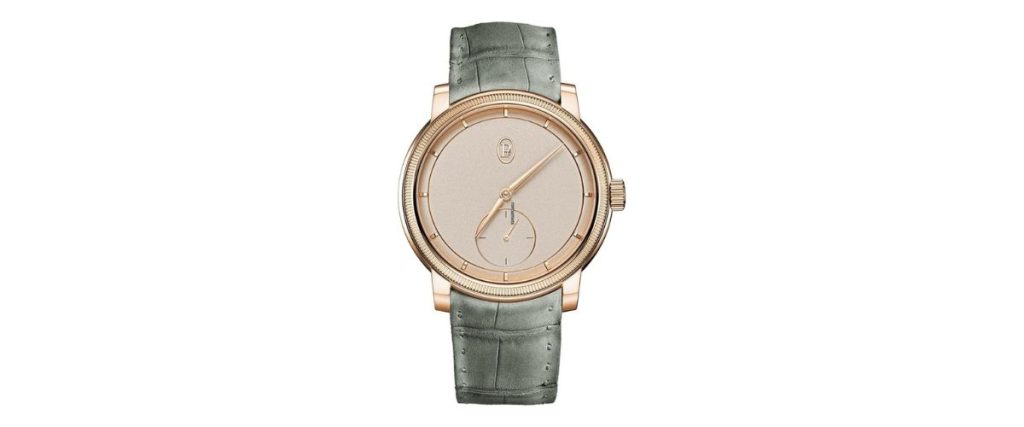
I’m head-over-heels in love with Parmigiani Fleurier’s vision of watchmaking, and with this piece in particular. It was conceived following the exacting principles of the golden ratio, which seems particularly apt for a timepiece characterized by such a perfect golden hue.
At first glance, you’d be forgiven for writing the dial off as just a simple matte finish—but look closer, and an extremely fine grenage pattern is revealed, a variant of a frosted finish.
Likewise, many fine details of superb craftsmanship reveal themselves in the refined shape of the alpha hands and the pronounced engravings of the knurled bezel.
That same attention to detail extends itself just as much to the movement as it does to the watch’s façade. The PF780 movement is positively superb, with each of its solid gold(!) bridges decorated with the unique Côtes de Fleurier pattern.
In typically Parmigiani Fleurier fashion, they’ve chosen to obscure almost all the gears with ample bridges, leaving their spectacular craftsmanship humbly hidden from view. What is visible, thankfully, is more than enough to please the eye of even the most jaded watch collector.
Breguet Classique Souscription 2025 – $53,600

Closing out the list, we have another new-to-2025 watch to prove that it’s been a spectacular year for classic watchmaking.
The Breguet Souscription is as classic as it gets, as it was inspired by the souscription pocket watches famously made by the brand’s eponymous founder, Abraham-Louis Breguet. As such, only a single hand adorns the dial, which is itself beautifully printed with enamel Breguet numerals.
But the movement is where things get really fun. The movement, just like the dial, is inspired by Breguet’s souscription pocket watch, which makes it traditional and classic in the fullest sense.
Each gear receives its own individual bridge, and the ample barrel is engraved with writing in handwriting taken from one of Breguet’s letters. In my humble opinion, this is the best movement on this list, and perhaps the best we’ll see all year.
Conclusion
Classic watches are having their day in the sun, and it’s time to celebrate that. Whether you’ve found your next addition to your collection on this list or you’re just here to enjoy some gorgeous watches, I hope you go forth satisfied. And let’s be honest… as a watch lover, what more could you ask for?


